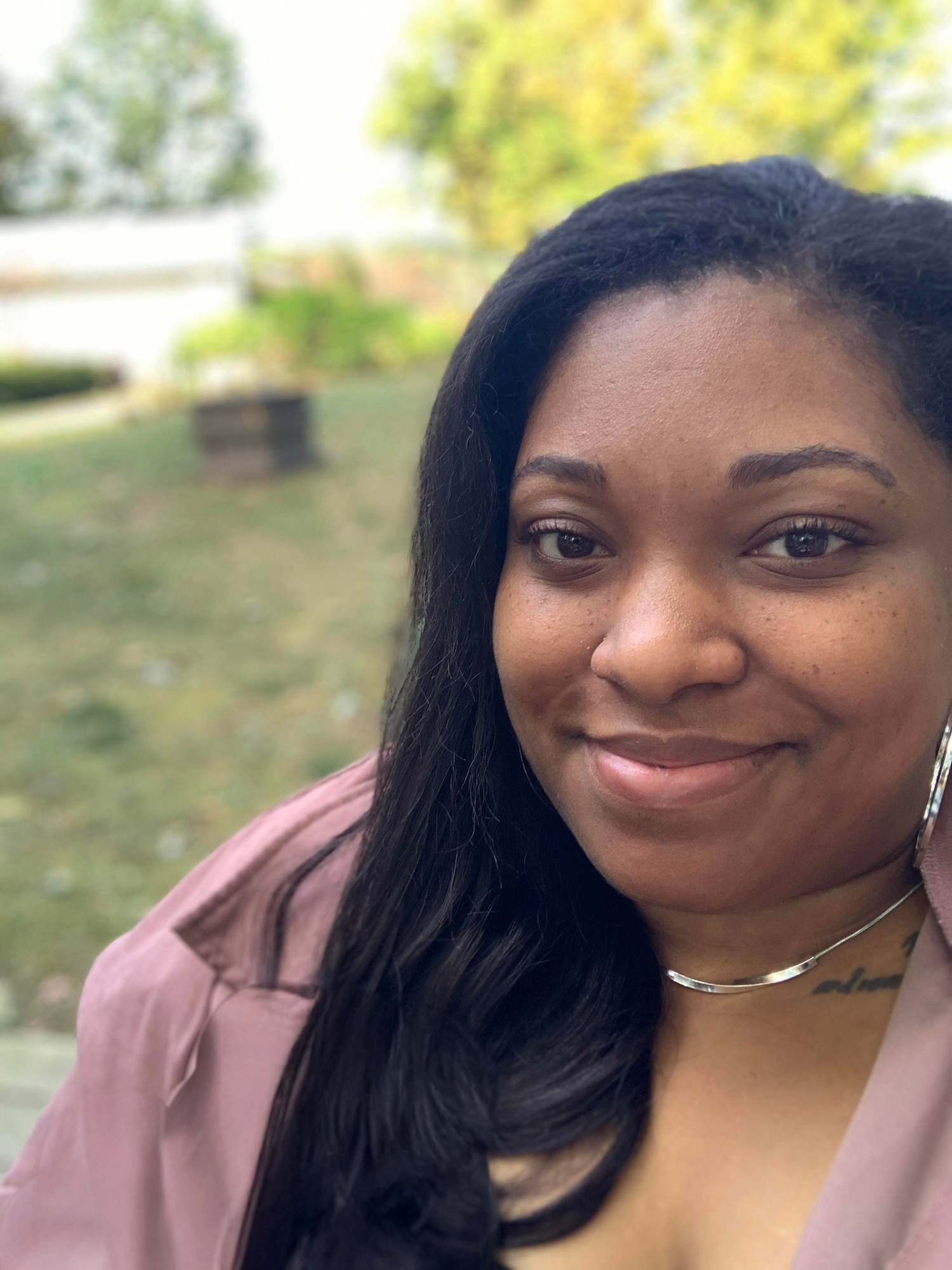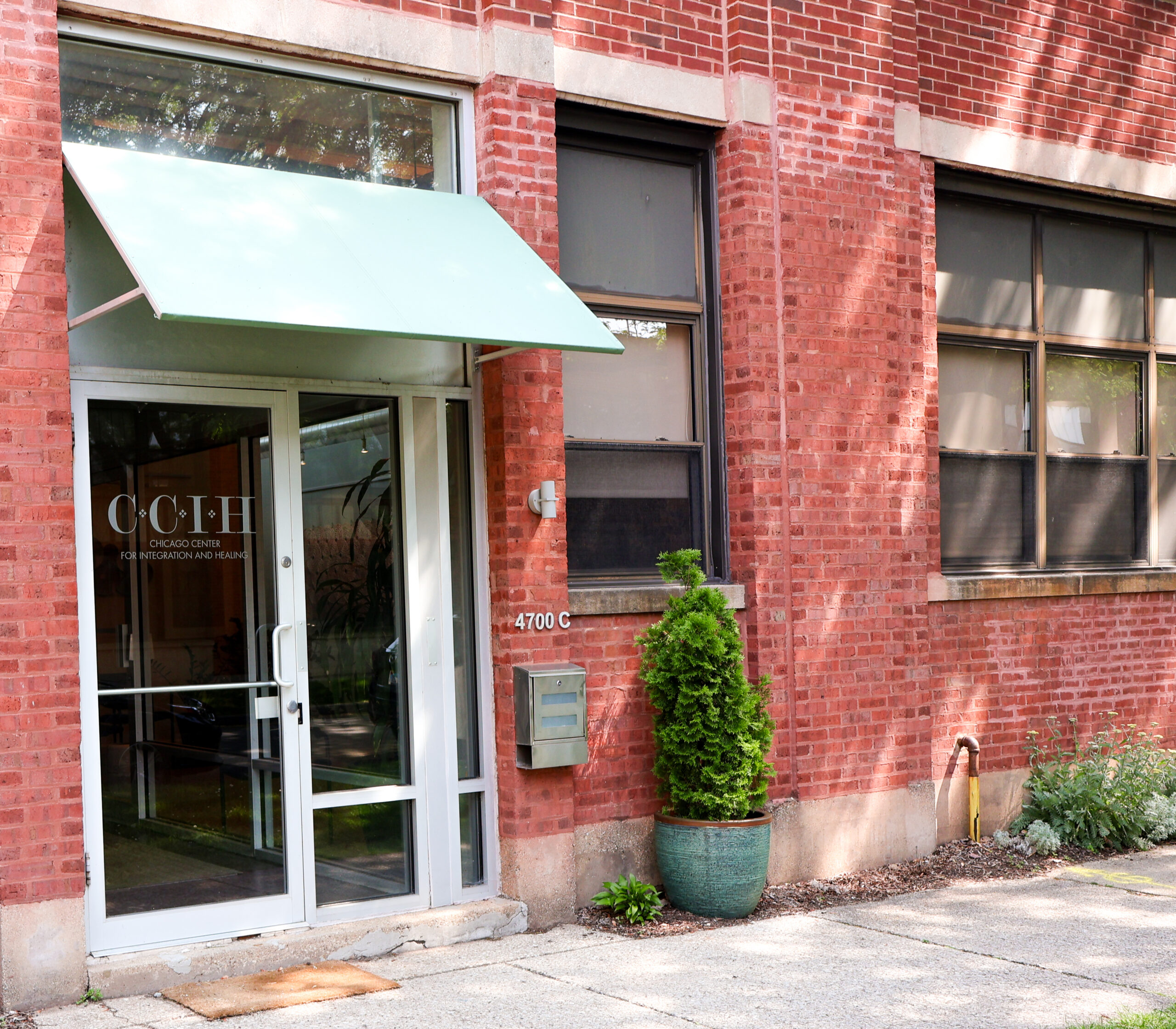As a trauma therapist, I utilize a body-centered approach with my clients. This means, understanding and respecting the impact of trauma on the body and our physiological states and how our bodies are integral in the process of healing. Trauma can leave us disconnected from ourselves and our bodies as a way to keep us safe. When our bodies and protective systems think that past traumas are still happening, or could happen again, they stay engaged in a trauma response as a form of protection. Coming back into connection with ourselves involves a process of learning to recognize where in our window of tolerance we are, and then utilize resources to bring ourselves back toward the center of it—the space where we feel grounded, focused, and present.
This year has been a massive trauma for us all. The experience of our lives drastically changing, the world feeling and actually being unsafe, and the intense isolation, has not only affected our lives, but for many of us, our nervous systems as well. I find myself thinking about how to utilize a trauma informed approach in this present moment, to help us come back into connection with ourselves and others.
Ways of exploring connection with yourself:
- Notice what it feels like to re-engage more in society. Take note of what feels good and ‘safe,’ and get curious with yourself around it. What helps inform that feeling for you?
- Move your body in a way that feels good.
- Take note of what you enjoyed about this past year—perhaps a slower pace, for example. That feeling provides you valuable information around what your needs are.
- Get outside and be with yourself in nature.
Ways of exploring connection with others:
- Explore different ways of connecting—through video calls, outside, with a close friend—and take note of what feels safe. Honor what your body is telling you around this.
- Pay attention to the pace through with you come back into connection. If you find yourself feeling overwhelmed, ‘too busy,’ a sense of dread, etc. this is important information. It is important to consider the pace at which you re-engage with others.
- Consider your boundaries and be intentional about them so you can feel good and safe as you explore connections.
If you notice the list above, it centers around really tuning in to what your body is telling you, and honoring that information. Even if your body is telling you something feels unsafe, that logically you may know not to be true, it is important to listen to that feeling and approach it in a way and at a pace that honors your body’s response. After all, your body holds invaluable information around your needs, wants, and boundaries. As you build capacity to tune into those internal experiences, it allows you to understand what your needs are and really honor what works for you as you come back into connection.









